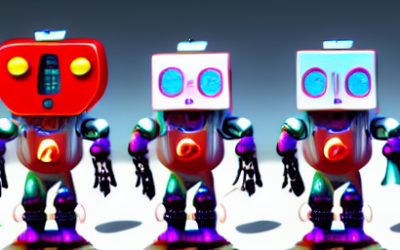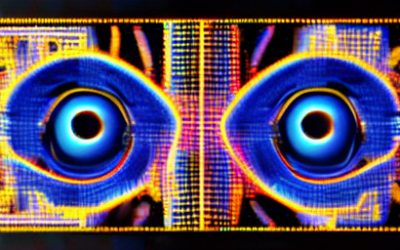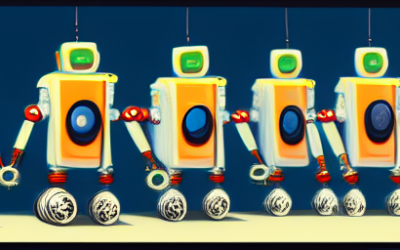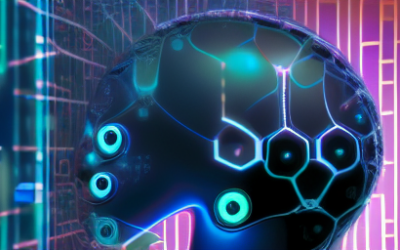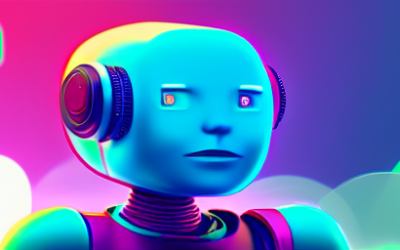In the world of artificial intelligence, Generative Adversarial Networks, or GANs, have emerged as a powerful and revolutionary concept. With their ability to generate realistic and high-quality synthetic data, GANs have captured the attention of researchers, developers, and enthusiasts alike. These networks are transforming the way we approach various AI applications, from computer vision and image synthesis to natural language processing and even drug discovery.
Tech Blog
Tech Insights, Information, and InspirationAI Image Generation: Drag your GAN
The goal of the GAN is to train the two networks until the generator can create realistic data that the discriminator can no longer differentiate from real data. This process is repeated until the models reach near-perfect accuracy on synthetic data, allowing the generator to produce largely indistinguishable data from the real thing.
Integrating ChatGPT for More Human-Like Conversations with Chatbots
Integrating ChatGPT for more human-like conversations with chatbots involves leveraging OpenAI’s GPT technology to create more natural, engaging, and context-aware interactions with users.
How NLP is Revolutionizing the Chatbot Industry
NLP (Natural Language Processing) is a branch of artificial intelligence (AI) that deals with the interaction between humans and computers using natural language. In the context of chatbots, NLP is the technology that enables chatbots to understand and interpret natural language input from users, and respond to them in a way that feels human-like.
A Guide to Stable Diffusion Models: Understanding and Harnessing their Power
Stable diffusion models are powerful mathematical tools used to study, predict, and model the behavior of complex systems over time. These models provide valuable insights into the spread of information, ideas, or behaviors through a network, the diffusion of innovations, and the propagation of influence in social, economic, and technological systems.
An Introduction to Multi-Agent Systems
A multi-agent system (MAS) is a computational framework consisting of multiple interacting agents or autonomous entities, each with its own goals, knowledge, and decision-making capabilities. These agents can be software programs, robots, or any other smart entities that can perceive their environment, reason, learn, communicate, and take actions to achieve their objectives.
Mastering N-Shot Learning: Tackling Few-Shot Challenges with Innovative AI Techniques
N-shot learning is a type of machine learning problem where a model is required to learn from a very limited number of examples (usually N examples) for each class during training. It is a subfield of few-shot learning, which focuses on training models to recognize new objects or categories based on a small number of samples.
Stable LM | Stability AI’s Open Source Language Model
Stability AI’s StableLM is a language model designed to be more stable and controllable compared to other language models, such as OpenAI’s GPT-3. It aims to minimize biases and prevent the model from producing unsafe or inappropriate content.
GPT Few-Shot Learning
GPT few-shot learning refers to the ability of Generative Pre-trained Transformer (GPT) models to learn and generalize from a small number of examples or training instances, also known as “few-shot learning.” In the context of GPT models like GPT-3, few-shot learning demonstrates the model’s capacity to understand and perform tasks with very limited guidance or additional training.
ChatGPT Third-Party Plugins
In the context of ChatGPT or other conversational AI agents, “plugins” could be understood as additional components, integrations, or customizations that extend the capabilities of the AI agent.
Get In Touch
UseTech Design, LLC
TROY, MI • BLOOMFIELD HILLS, MI
Call or text +1(734) 367-4100

